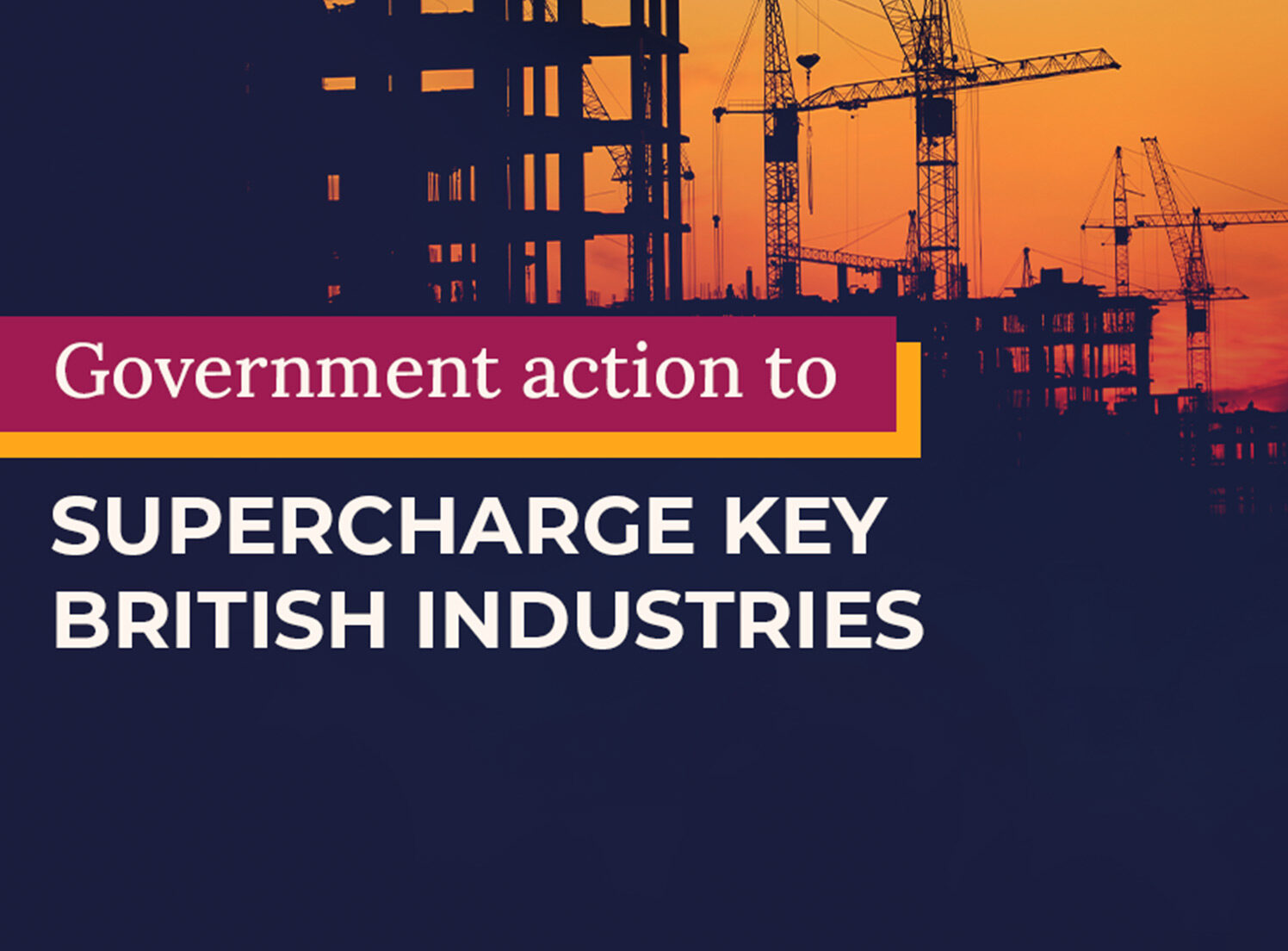Across our blog, we’ve been tracking the UK government’s industrial energy initiatives, notably the Industry Energy Transformation Fund (a short IETF guide is on our website) and the transition from the Energy Bill Relief Scheme to the Energy Bill Discount Scheme (EBDS). The EBDS comes into effect on 1 April 2023.
Within the EBDS, the government includes a list of Energy Intensive Industries (EII) – more of which you can read about in our EBDS blog. Only recently, it has provided further guidance about EII funding, called the British Industry Supercharger.
About the British Industry Supercharger
According to the UK government, “300 businesses across the UK will benefit from the British Industry Supercharger: targeted measures to ensure the energy costs for key UK industries are in line with other major economies around the world – levelling the playing field for British companies across Europe.”
“The support will be made available to sectors particularly exposed to the cost of electricity, such as steel, metals, chemicals and paper. These industries employ around 400,000 skilled workers right across the UK.”
Read the UK government’s Supercharger press release here ›
Proposed changes under the Supercharger
These are set to be consulted on in the spring of 2023 and will exempt identified businesses from certain costs arising from renewable energy obligations, such as:
› Feed-in Tariff
› Contracts for Difference
› Renewables Obligation
› GB Capacity Market costs, while exploring reductions on network charges, which are the costs industrial users pay for their electricity supply
Following consultation, the proposed changes are expected to be rolled out from Spring 2024 onwards.
Data centres excluded
At Noveus Energy, while we welcome new initiatives to support UK industry, as with the EBDS’s EII list, data centres yet again find that they are excluded.
Our work with data centres shows that they are intensive energy users exposed to volatile energy prices and we continue to support this sector in finding ways to reduce its energy costs.
If you’d like to discuss the new Supercharger and what it means for your business, don’t hesitate to get in touch via our contact form ›

